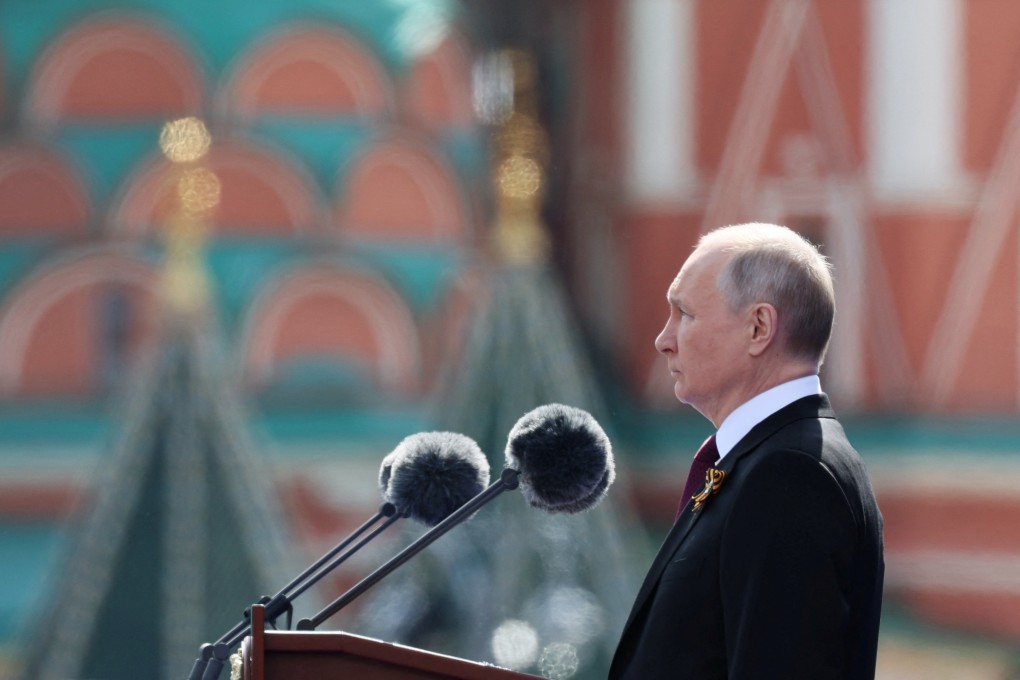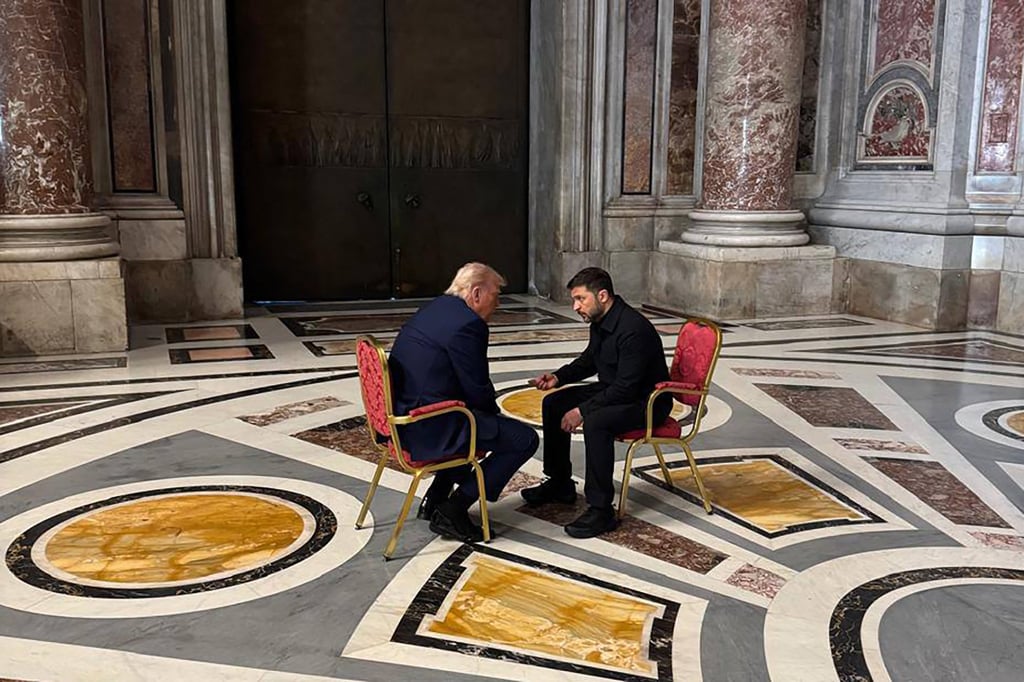Opinion | How China became central to Russia’s Victory Day parade
Russia may have hoped to send the message that it is not isolated but the event’s list of expected attendees is not entirely convincing

This year, leaders of several former Soviet republics – Belarus, Tajikistan, Turkmenistan, Kazakhstan, Kyrgyzstan, Uzbekistan, Azerbaijan, Armenia – and the presidents of Brazil, Burkina Faso, Vietnam, Cuba, Palestine, Venezuela and Republika Srpska (an entity of Bosnia and Herzegovina), are expected to attend the event and watch Russian troops march on Moscow’s Red Square, even as their fellow soldiers continue to die in Ukraine.
Recently, the US reportedly transferred decommissioned F-16 fighter jets to Ukraine to supply spare parts for aircraft donated by European partners. Back in March, while Russian and American officials were discussing a potential ceasefire in Ukraine, it became clear Washington had no intention of completely abandoning Kyiv. Polish media reported that US arms supplies to Ukraine had resumed through Poland.

Fully aware of this, the Kremlin is counting on Beijing’s support. Putin and Xi are expected to agree in Moscow to advance the comprehensive partnership and strategic interaction between Russia and China.
